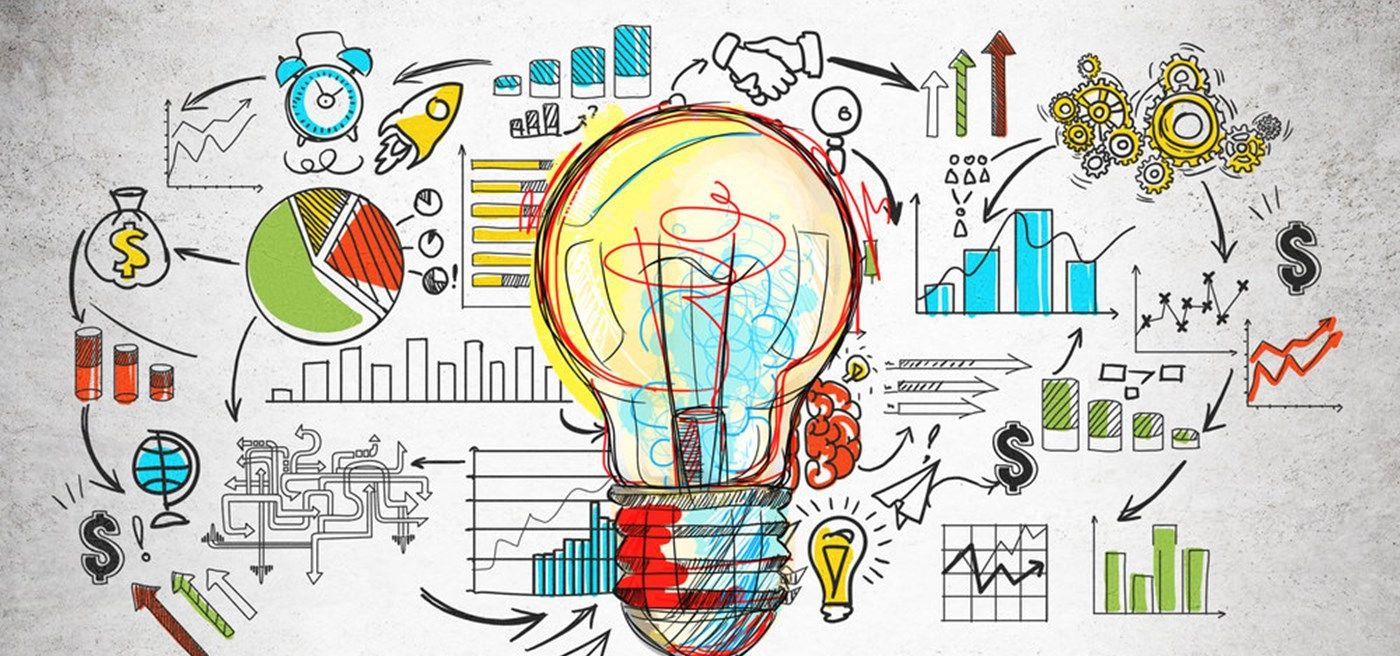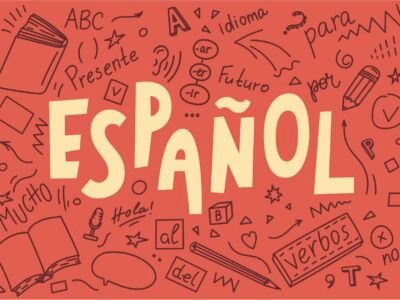💰 Course Title:
Introduction to Economics: Understanding Markets, Money, and Decision-Making
🎯 Course Objectives:
By the end of this course, students will be able to:
-
Understand basic economic concepts and terminology.
-
Analyze how individuals, businesses, and governments make economic decisions.
-
Distinguish between microeconomics and macroeconomics.
-
Explore real-world issues like inflation, unemployment, supply & demand, and global trade.
-
Apply economic thinking to everyday life and current events.
📚 Course Modules & Content Outline:
Module 1: What Is Economics?
-
Definition of economics
-
Scarcity and choice
-
Opportunity cost and trade-offs
-
Types of economic systems (market, command, mixed, traditional)
-
Basic economic questions: what, how, and for whom to produce?
Module 2: Microeconomics vs. Macroeconomics
-
Microeconomics: study of individuals and businesses
-
Macroeconomics: study of the economy as a whole
-
Real-life examples of both
-
How they interact and influence each other
Module 3: Supply and Demand
-
Law of demand and law of supply
-
Market equilibrium
-
Shifts in supply and demand
-
Price controls (ceilings and floors)
-
Elasticity (price elasticity of demand and supply)
Module 4: The Role of Consumers and Producers
-
Rational choice theory
-
Utility and consumer behavior
-
Profit motive and production costs
-
The factors of production (land, labor, capital, entrepreneurship)
-
Marginal cost and marginal benefit
Module 5: Market Structures and Competition
-
Perfect competition
-
Monopoly
-
Oligopoly
-
Monopolistic competition
-
Real-world examples and their impact on pricing and innovation
Module 6: Government and the Economy
-
The role of government in a market economy
-
Public goods and externalities
-
Taxes and subsidies
-
Fiscal policy: government spending and taxation
-
Regulation and antitrust policies
Module 7: Measuring the Economy
-
Gross Domestic Product (GDP)
-
Unemployment: types and causes
-
Inflation: causes and effects
-
Consumer Price Index (CPI)
-
Business cycle (expansion, peak, recession, trough)
Module 8: Money and Banking
-
Functions of money
-
Types of money (commodity, fiat, digital)
-
How banks work
-
The Federal Reserve System (or your country’s central bank)
-
Monetary policy tools (interest rates, reserve requirements, open market operations)
Module 9: International Trade and Global Economics
-
Absolute vs. comparative advantage
-
Trade barriers: tariffs, quotas, embargoes
-
Trade agreements (e.g. WTO, NAFTA, EU)
-
Exchange rates and currency markets
-
Globalization: pros and cons
Module 10: Personal Finance and Economic Decision-Making
-
Budgeting and saving
-
Credit and loans
-
Investing basics (stocks, bonds, mutual funds)
-
Opportunity cost in financial planning
-
Making informed consumer choices
🧪 Assessment Methods:
-
Multiple-choice quizzes and vocabulary checks
-
Case studies or scenario-based questions
-
Short reflection essays or discussion posts
-
Final project: analyze a real-world economic issue or create a mock budget/trade policy
🎓 Target Audience:
-
High school and college students
-
Adults preparing for college or business
-
Educators seeking curriculum support
-
Anyone interested in economic literacy and financial awareness
🛠️ Delivery Format:
-
Short video lectures and interactive slides
-
Readings and downloadable worksheets
-
Quizzes and assignments with instant feedback
-
Optional live discussions or webinars
-
Certificate of completion






